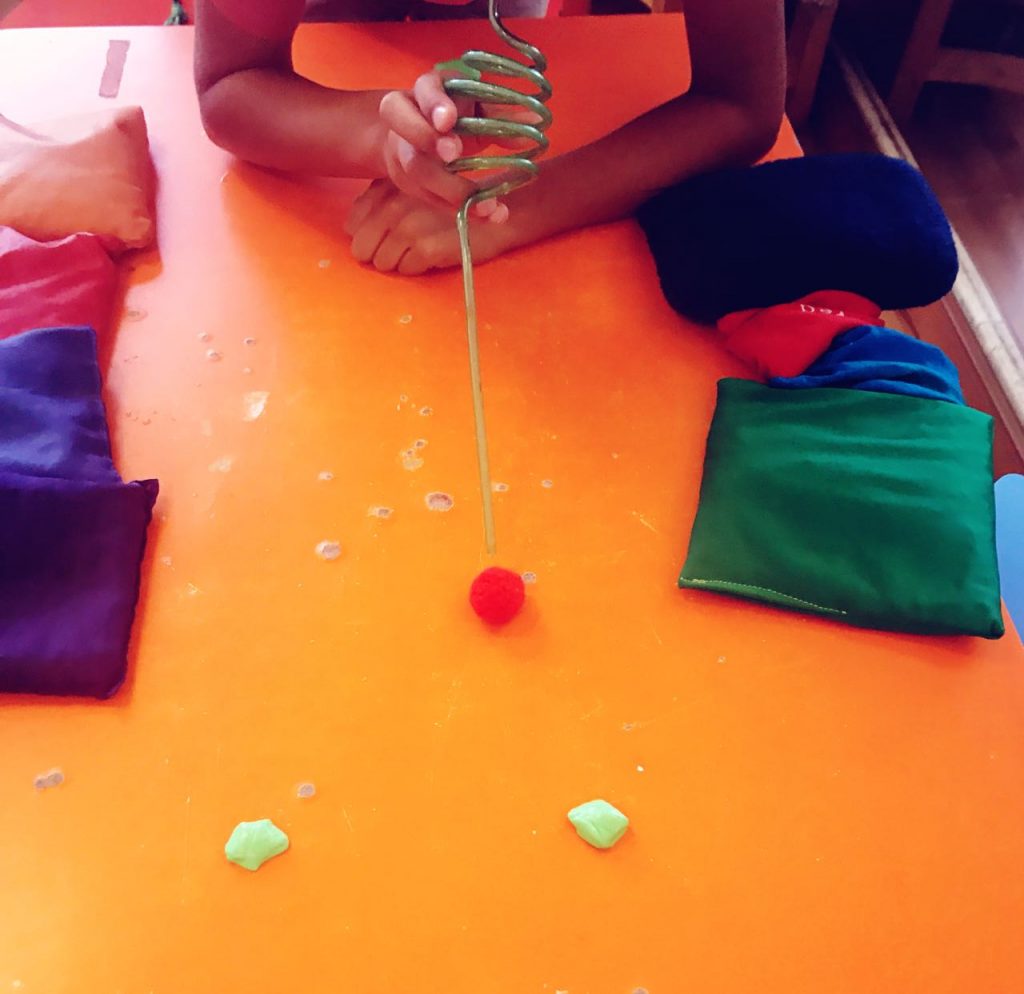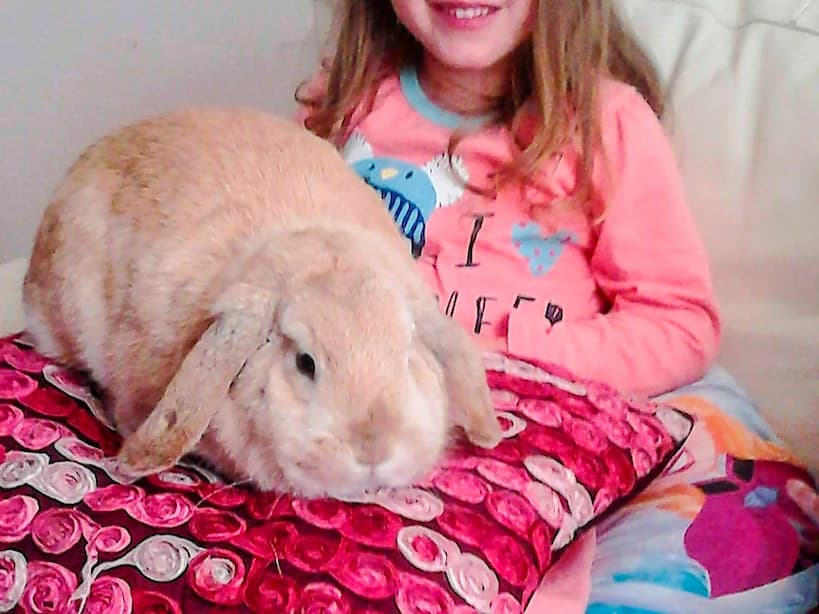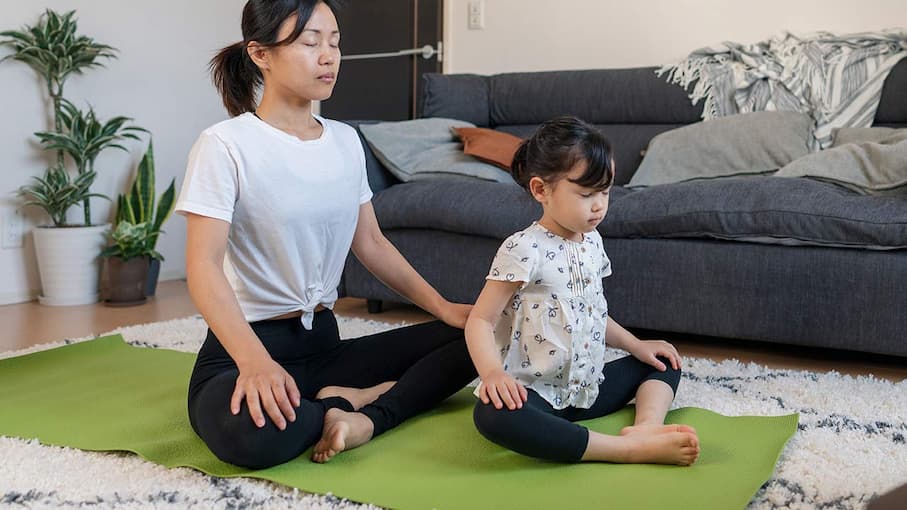Breathing Exercises to Help Reduce Stress in Children with Autism
Contents
Over the years of parenting, I’ve heard many stories from parents of autistic children about what works and what doesn’t for their kids. I’ve also read a lot on the subject. To help and direct children with autism, you need to understand what happens when they are in a meltdown mode. Children with autism have brains that quickly move into the “fight or flight” response when they are overstimulated, don’t get what they need, or have undue stress in their immediate environment.
When in this state of mind, these kids cannot control their thinking and behaviour. Executive function is necessary to hold off the child’s impulsivity and is the foundation for organizing their thoughts and handling frustration and stress properly. Many times, a child with autism is propelled into a state of fear and panic. This explains why a meltdown, panic attack and hyperventilation is common with autistic children. Teaching autistic children how to control and change their mood and behaviour with an appropriate action can prevent poor behaviour and it can calm symptoms before they become unmanageable for the child.
How Controlling Breathing Can Help

One of the best methods for calming sensory defensiveness is breath control. It’s one of the easiest and quickest ways to get a child back to using their executive function skills. Breath control helps the child to focus on something else in the moment rather than “the thing” that is making him/her sad, mad or frustrated.
To teach an autistic child breath control, you need to use breathing exercises that are fun and easy to remember when things feel topsy-turvy. The exercises need to be introduced to the child during calm moments when the child will be receptive to the information and willing to practice them. Here are some examples of breathing exercises that are appealing to children and can be tried at home. You don’t need anything special to perform them, just some everyday items or autism and breathing tools that can be easily found online or in stores Australia-wide.
Bubble Breathing Exercise
Bubble breathing is one of the most popular forms of autism breathing techniques therapists, teachers and psychologists use for special needs kids. In fact, bubbles are a calming sensation, low maintenance object for any child. While there are many different ways in which you can use bubbles to calm an autistic child, this is how you get started:
- Using a toy soap bubble container and wand, have your child practice blowing bubbles.
- Teach your child to take a slow, deep breath in, hold for a second, and slowly blow some bubbles. He/she should blow the bubble really slowly, so it doesn’t pop.
- Pause a few moments before blowing another bubble.
Pinwheel Breathing
Many of us have had a pinwheel while growing up. Well, these toys are still popular these days and while very simple, it’s very effective for any child. If you like to spend quality family time crafting, you can even make your own!
In this exercise, have the child place the pinwheel in front of his/her face and have him/her practice taking a deep breath and slowly releasing their breath until he/she is turning the pinwheel. This breathing technique is great because it helps the child control and pacing his/her breathing. The goal is to have the child using this technique but only by envisioning they have a pinwheel in front of them.
Cotton Ball Breathing

With this technique, there’re multiple ways in which it can be done. One of them is to have your child place a cotton ball at the end of the palm and try blowing it to the tip of their fingers without falling off. Another way is to place a cotton ball at the end of the table and have your child try blowing the cotton ball across the table with his/her mouth or through a straw. You can also try to place a cotton ball inside a foam white cup and poke a straw through the bottom of the cup and have your child blow the cotton ball out of the cup.
Balloon Breathing
Most children love balloons! If yours is comfortable around ballons, it can be a great opportunity for helping him/her with anger. Ballon breathing helps special needs kids calm down because it requires focus and determination to inflate the balloon to its full capacity. Try this technique with your child at home to see how it goes.
Bunny Breathing

For children who struggle with anger and emotional disorders, this breathing technique is a great way to cool down after a huge argument or tantrum. For tips on how to get started on this intervention for kids with disabilities, check out this video.
There are many other autism and breathing exercises you can try with your child at home. The ones I listed above are the most popular that parents, teachers and therapists use. Other forms of therapies are also available through music, art, dance and movement. Note that what works for one child may not be effective for another, so try different techniques to find out what helps your child the most.



